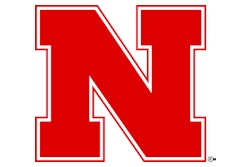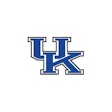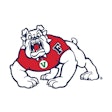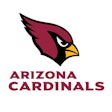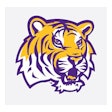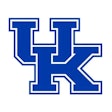Copyright 2018 Gannett Company, Inc.
All Rights Reserved
USA TODAY
A terrible week for the U.S. Olympic movement, perhaps its worst ever, became a bit more awful Thursday with USA TODAY's report that our journalists found a half-dozen coaches banned for sexual misconduct who were still active in their sport.
How in the world is this possible?
That's a fitting refrain for much of what we read in the Ropes & Gray report earlier this week on the horrible mishandling of the Larry Nassar sexual abuse scandal by USA Gymnastics and the U.S. Olympic Committee.
It works, too, for most of what we have learned since Sept. 12, 2016, when The Indianapolis Star, part of the USA TODAY Network, broke the news of allegations against Nassar.
We can't say it enough. How in the world is this possible? All these top leaders of Olympic sports in the United States, the people charged with the task of encouraging, promoting and protecting America's athletes, not only failing to act but actually accepting the existence of sexual abusers among the children and young adults in their midst.
It's atrocious. Reprehensible. Deplorable. I need a new thesaurus.
Over the past year, congressional leaders, U.S. Olympic sports officials and athlete survivors of sexual abuse have done a lot of talking about what has happened, how awful it is and how it must be stopped.
This airing of the issues and the telling of personal stories is vital to the nation's understanding of what happened, and what continues to happen, in our Olympic sports. But as the increasingly urgent conversation continues, there are a few steps that must be taken immediately to start the process of making sure sexual abusers are caught, punished and never again allowed near another child or young adult.
The first is the easiest: Start throwing money at the U.S. Center for SafeSport. Lots of money.
Perhaps you've heard SafeSport come up in a congressional hearing or in news media reports about the Nassar aftermath. SafeSport is mentioned so often, and in such a lofty, cure-all manner, it would be natural to assume it has been around for years, is funded like the essential organization it is and is working like a dream.
Wrong, wrong and wrong.
It opened in March 2017, nearly three years after it was created, delayed because the USOC struggled to raise outside funding for it. Its 2018 operating budget is $6.4 million, which is both paltry and embarrassing.
Running on a shoestring and inundated with more than 1,600 reports of sexual misconduct or abuse in a year and a half, SafeSport increased its staff from four employees -- yes, four -- to 29 as of late October.
And we wonder why the U.S. Olympic movement is losing the war on sexual abuse?
"The problem is so much bigger than anybody thought," said Olympic gold medalist Nancy Hogshead-Makar, a civil rights attorney who founded the non-profit Champion Women to advocate for girls and women in sports.
If we truly care about stopping the current and future Larry Nassars of the world, Congress needs to give SafeSport whatever funding it needs to do its job properly, and it needs to do that now.
"We're not talking about billions of dollars," Sen. Richard Blumenthal, D-Conn., told USA TODAY. "In the total scheme of the federal budget, it's a rounding term."
Next, SafeSport needs to be given the authority by Congress to have jurisdiction not just over individuals, but clubs. That way, if, say, a swimming or volleyball club decided to allow a banned coach through its doors, which happens, appallingly enough, SafeSport could revoke the club's membership or impose other sanctions.
Likewise, the national governing bodies for Olympic sports in the United States also need to step up and police their own competitions, whether it's by keeping the names and photos of banned coaches at the door of a competition, or responding immediately to a complaint inside the venue. I've heard stories of banned coaches showing up at events where their victim is competing, terrorizing the athlete all over again. That must stop now.
Then there's the general sharing of information and data. We can board planes and enter buildings with scans of our eyes and fingerprints, but we can't figure out a way to keep our kids safe? Every athlete, parent, coach and official, from the littlest little league to the most elite Olympic level, needs access to the names of every sexual abuser on every national governing body's list. Fix this, people. Fix it now.
"People think the U.S. Olympic movement is 800 athletes once every four years," Hogshead-Makar said. "It's far bigger than that. We're talking about 8 million children out of a total of 16 million athletes, in gyms and rinks and courts around the country. That is the size of the U.S. Olympic movement, and those are the people we need to keep safe."
Read More of Today's AB Headlines
Subscribe to Our Daily E-Newsletter
Terms and Conditions Privacy Policy















